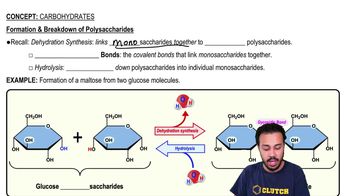Textbook Question
Legionella uses C3b receptors to enter monocytes. This
a. prevents phagocytosis.
b. degrades complement.
c. inactivates complement.
d. prevents inflammation.
e. prevents cytolysis.
99
views
 Tortora 14th Edition
Tortora 14th Edition Ch. 16 - Innate Immunity: Nonspecific Defenses of the Host
Ch. 16 - Innate Immunity: Nonspecific Defenses of the Host Problem 16.2a
Problem 16.2a Verified step by step guidance
Verified step by step guidance



Legionella uses C3b receptors to enter monocytes. This
a. prevents phagocytosis.
b. degrades complement.
c. inactivates complement.
d. prevents inflammation.
e. prevents cytolysis.
Which of the following does not stimulate phagocytes?
a. cytokines
b. IFN-y
c. C3b
d. lipid A
e. histamine
Define inflammation, and list its characteristics.
What are interferons? Discuss their roles in innate immunity.
If the following are placed in the order of occurrence, which would be the third step?
a. diapedesis
b. digestion
c. formation of a phagosome
d. formation of a phagolysosome
e. margination
How can the complement system cause endotoxic shock?